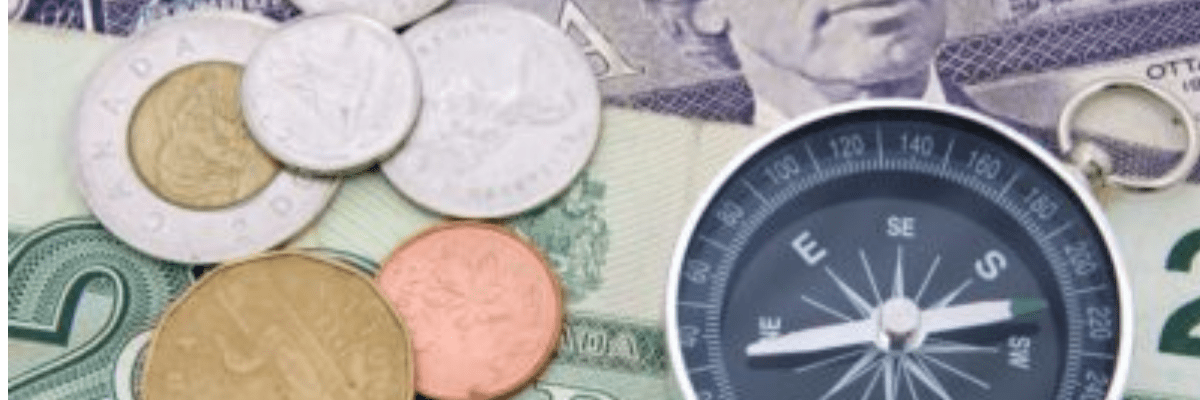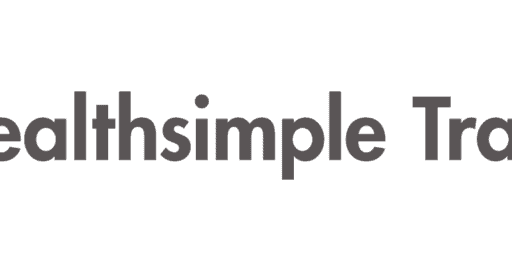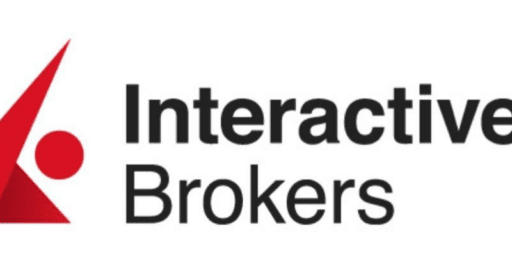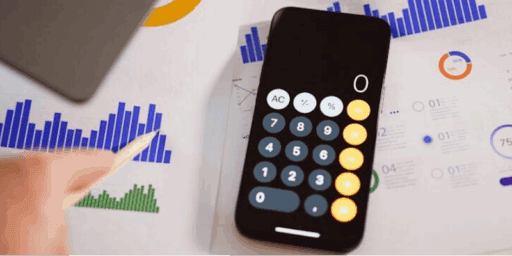The Best Low Cost Ways to Convert CAD to USD
Any Canadian who’s traveled to (or ordered something from) the US knows about converting CAD to USD. It’s never fun to watch every dollar of your hard-earned money suddenly turn to $0.75 (or less!), and with additional foreign exchange fees, it can really add up.
And exchange rates aren’t going anywhere. The cost of one US dollar has remained above $1.25 CAD since 2018. At the time of writing (mid-2023), $1 USD costs $1.34 CAD.
The bright side is that anyone already holding USD or looking to purchase CAD with USD has it made…but what if you’ve only got Canadian dollars and you need to make a major purchase south of the border?
Well, we can’t fix the CAD to USD exchange rate…but we can make the conversion hurt as little as possible! In this post, we’ll explore ways to convert your Canadian dollars to American with minimal fees or additional costs.
1. Use a Credit Card With No Fx Fees
If you’re looking to shop in the US, a good bet for CAD to USD conversion is using a simple credit card with no foreign exchange fees. It may seem like a no-brainer, but a card like the Scotia Passport Visa Infinite will let you shop in the US and skip the 2.5% fx fee that big banks and credit card companies usually charge.
Obviously, if you’re planning a real estate purchase or major US stock investment, this solution won’t be for you. But for everyday minor currency conversions, it does the trick.
The Scotia Passport Visa Infinite is on our list of the Best Travel Credit Cards in Canada as the best no fx credit card. You can find some alternatives in our round-up of the Top Premium Credit Cards With No Fx Fees.
2. Use a Low Cost Foreign Currency Account
Canadian bank accounts that hold USD are common (you can see our list of The Best USD Accounts in Canada for details), but as with any bank account, fees can add up if you’re not careful.
A good USD bank account allows you to deposit Canadian dollars and automatically converts them at a decent rate with minimal extra fees. Our favourite choice for a Canadian USD account is the US Dollar Account from EQ Bank, which has no monthly fees and charges a low markup on conversions.
You can also try the Wise Account (formerly Transferwise), which allows you to save and spend money in 50+ currencies around the globe with minimal extra cost. Wise offers a debit card for global spending (free withdrawals are limited, but the convenience is undeniable!).
3. Use a Currency Broker or Money Transfer Company
Back in 2014 when we first published an article on the best way to convert CAD to USD, there weren’t nearly as many trustworthy online international money transfer services.
Luckily, over the years a few more options have proven themselves to be trusted options to transfer transactions quickly and easily. They are known for their bespoke service and also offer a range of non-speculative hedges, so they might be worth a shot.
How does it work?
With big Currency Brokers or money transfer companies, it works like this:
- You transfer CAD to their bank account (a segregated account held by a major Canadian bank).
- They exchange it (in our case exchange CAD for USD), and transfer it back to you domestically in the currency you desire to your own U.S denominated bank account (or – if this is a payment, to the desired recipient anywhere in the world).
Just like that, you’ve made your exchange.
Major brokers like OFX (formally Canadian Forex, in Canada), Currencies Direct, Moneycorp, and XE (merged with HiFX), to name a few, will have Canadian bank accounts and access to approximately 120 currencies on average.
How much will it cost?
Spreads of 0.5%-1% for a large CAD to USD transfer or conversion were pretty much the industry’s average circa 2014, but have been trending downward since then.
Companies like Worldfirst commit to a certain margin (Worldfirst charges up to 0.75%), while others like Currencies Direct, KnightsbridgeFX, or Moneycorp don’t necessarily commit to a certain margin.
However, if you are transferring tens of thousands CAD or more, and if you shop around, you’re likely to be able to find a price that beats companies like WorldFirst. The lowest possible margin you can get on a very large transfer or as a corporate client is likely to be around 0.25%.
Are money transfer services trustworthy?
Money transfer services have become widely popular. Just look at KnightsbridgeFX, which has helped over 100,000 businesses move over $14 billion dollars since its launch in 2014 and has been recognized as one of North America’s fastest growing companies.
These days, you have a lot more companies who move billions annually and adhere to very strict regulations. Companies like Currencies Direct are monitored by the British FCA, as well as by FinCEN and FinTRAC. These companies are regulated, legit, and insured. For more information, check out some additional reviews of the best international money transfer companies.
4. Norbert’s Gambit
Norbert’s Gambit isn’t for novices, but if you’re looking to convert large amounts of cash or invest in US markets, it can help you avoid foreign exchange mark-ups altogether.
We have a whole article outlining how to use Norbert’s Gambit, but in general terms, you use CAD to purchase inter-listed stock (stock listed on both a US and Canadian exchange) and then immediately convert the same stock in USD and sell it. Using inter-listed stock locks in your exchange rate and keeps you from losing money if the Canadian dollar drops in value between transactions.
Norbert’s Gambit can work regardless of whether you’re starting with USD or CAD. Here’s a specific post about using Nortbert’s Gambit with Horizons DLR/DLR.U, our top recommended ETF for converting CAD to USD. We recommend using Qtrade, our pick for Canada’s best discount online broker.
If you’re an experienced investor, or if you’re feeling like getting maximum bang for your buck (either US or Canadian) and don’t mind trying something new, Norbert’s Gambit is the best value for your money.
Summary of The Best Ways To Convert CAD to USD
From credit cards with no fx fees to cross-border stock trades, Canadians have several ways to convert their cash to USD while keeping as much of their money as they can. The best method for you will vary depending on what your goals are.
If you’re simply looking to do some cross-border shopping, consider a credit card or foreign currency account like EQ Bank’s USD Account.
If you need to send money to someone across the border, a money transfer company could be the way to go (remember to shop around and compare fees before you hit “Send”).
And if you’re planning to make a major purchase in the States, Norbert’s Gambit can save you hundreds or even thousands of dollars, especially if you use a discount online brokerage like Qtrade or Questtrade.
Gauge your needs and your own comfort level, and then pick the solution that’s best for you. If you pick your method right, you’ll never have to pay the typical Big Bank 2.5% conversion fee again!
Tell us your thoughts!
For those of you who regularly exchange money from USD to CAD, or convert CAD to USD, what is your strategy to reduce fees? What do you think is the absolute best way to convert CAD and USD?
I've Completed My Million Dollar Journey. Let Me Guide You Through Yours!
Sign up below to get a copy of our free eBook: Can I Retire Yet?











I’m looking at buying real estate in Canada, but have USD. Will need to convert around $500k USD to CAD.
Could someone suggest the most efficient method for this? I don’t have a Canadian bank account and am not a Canadian citizen.
Thank you very much.
@frugaltrader. I have used knightsbridgefx and they have a $2k minimum and you can do EFT with them (free incoming and outgoing), no wire needed. when I did it, the funds moved automatically from my TD USD bank account to my TD CAD bank account.
I tested it with $2k and then did $18k. Saved money vs my bank.
What’s the maximum recommended amount to move in one transaction with DLR? Can doing large sums move the price of DLR and affect the effective exchange rate?
Interactive brokers no longer have a minimum of $120/year if the account has >$100,000 USD equivalent.
Regarding capital gains on forex, I think I read somewhere the 1st yearly 500$ is tax free in Canada.
To me, best way to do it is with the DLR / DLR.U pair on the TSX, using Questrade.
Since buying any ETF is free, you’d only pay a 1¢/share commission on selling.
So, for 5k$, you buy roughly 500x DRL for free, have the shares journaled over by chatting with a service representative, then sell the same amount of DLR.U for 5$ + ECN fees (or just place a non-marketable limit order and wait for the bid to reach your price to save these fees).
That’s basically a 0.1% forex cost.
For these considering interlisted stocks, just be careful to use one you don’t already own and never did in the previous 30 days as it might affect capital gain/loss treatment.
Edit : Just read in the next post that the correct forex gain exemption is 200$.
Can Norbert’s Gambit be done with a Questrade account? Why are bank brokerages preferred? Does anyone know if Questrade is easy to deal with as far as USD goes?
Hi Dave,
If you are going from CAD to USD, you can use DLR/DLR.U and Questrade is fine for that exchange even with the delay in journalling over shares from CAD to USD.
However, going the other way from USD to CAD, the delay in journalling shares incurs risk that the currency may move against you.
I buy interlisted stocks. I want more USD assets over time inside my RRSP so I’m buying more CDN stocks that are interlisted AND they pay dividends in USD $. Examples include BEP, BIP, POT and TRI.
I recall you need to have a good chunk of change to do it with FX Brokers.
Another good dividend stock that pays dividends in USD is AQN (although not interlisted).
USD dividends are fine in registered accounts, but could add to the tax prep headaches when the T3 and T5 slips include both CAD and USD income.
Love Norbert’s Gambit so much. What a great and easy way to save in FX. Just wished I had some more US dollar.
Cheers!
BeSmartRich
What would be the savings doing it at the bank (best rate) on $100,000 USD to Canadian vs the Norbits Gamble method. This would give me an idea on the approximate saving per 100k exchanged? thanks
My bank’s exchange “fee” is about 2.5%. I have used both the Norbits Gamble with DRL and KnightsBridge FX to get around the cost. Norbits Gamble would save you about $2500 per $100K and KnightsBridge would save you at least $1500 (by my calculation with my one transaction with them). If you are moving $5K or higher, these techniques definitely pay off.
@Michael, what equity do you use for Norberts Gambit? Do you have an account with BMO or RY?
I use DLR and I am with Scotia iTrade. I do have to make one phone call to them to journal the shares to my other account.
I have refined Norbits Gamble in a way that I always make a profit as well. If you plan, and don’t actually need the money for 2-3 weeks, try this algorithm: After the shares are journalled over, sell the DLR shares only when they give you a small capital profit (say, 1-2 percent) or when you have had them for 2-3 weeks. As you know, currencies fluctuate in a thin range, and hence so does DLR. If you have some time, just wait for a fluctuation in your favor and then sell. Of course in theory it is possible this never happens, which is why you put a time limit on it. This could go against you but so far it always seems to work for me.
I’ve converted 50k EUR to CAD from my bank account in France (BNP Paribas) to my bank account in Canada (Scotia Bank) without any issue using IB this month. It took a couple of days to deposit the money to IB and only 3-4 hours to withdraw it. My GF used CurrencyFair for a larger amount which is more expensive than IB but way less expensive than banks (our initial test FX transfer using banks was charged a 2.7% fee!). Not sure why IB would hold your money for 60 days? At least, it didn’t do it for mine (and I wasn’t even aware it could!).